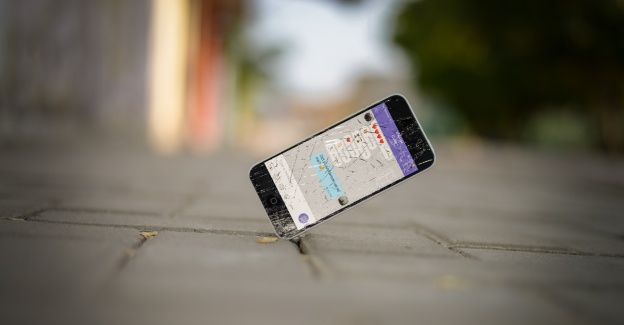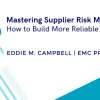If a broken mirror causes seven years of bad luck, then what does it mean when your smartphone screen shatters? Uncertain of the answer, I really didn’t want to find out. So the other day, facing this fateful predicament, I hurried to the store for a replacement. Unfortunately, the retailer was out of stock. I needed to back-order a new glassy portal into my online existence
But did the store’s depleted inventory signal bad luck…or merely a lack of imagination in procurement execution? What if behind the counter sat a 3D printer linked to the retailer’s supply chain? Maybe I could have walked right out with my smartphone repaired and my insatiable need to check social media every five minutes renewed.
Does it sound futuristic to extend the supply chain to the point of purchase? The future – in which procurement networks and digital manufacturing meet consumers where they shop – may be closer than we realize.
Through cloud-based platforms, companies and their suppliers gain broad visibility into each other’s interconnected operations and, with it, the ability to collaborate on design, production and innovation. Out of these digital networks have emerged new operating models in which 3D printing can bring the supply chain right to a retailer’s doorstep.
This was welcome news because the effects of smartphone withdrawal were beginning to bear down on me while waiting for the replacement screen to arrive. Of course, the possibilities go well beyond handheld devices. Think of the food pantry that needs a spare part to restore its refrigeration system. Or the nursing home in search of a valve to repair its malfunctioning boiler in wintertime. Or the local emergency services corps that needs to replace a worn-out component in its only fire engine. Or the rural health clinic on a quest to procure a hard-to-find prosthetic device. When the situation is urgent, even the most efficiently designed supply chain can fall short. But when integrated with cloud-based procurement networks, digital manufacturing capabilities can respond to acute needs with immediacy and precision — not only when they’re needed, but where.
Using a network that combines procurement processes with 3D printing functionality, manufacturers can connect their design, sourcing, production and procurement processes and manage them jointly to:
- Collaborate on production decisions, highlight changes and suggest alternatives
- Link design discussions and data to requests for quotation
- Obtain pricing from one or more suppliers for parts and initiate the buying process
- Share data and key performance indicators with all relevant parties
- Coordinate with suppliers on manufacturing changes
Meanwhile, suppliers can forge new models for operating and expand their businesses by using such a platform to:
- Differentiate themselves through technical skills and capabilities
- Gain a clear understanding of customer needs
- Work together on early design to enable manufacturing of parts at optimized cost
- Provide manufacturing capabilities as a service
But while the convergence of procurement and digital manufacturing holds a great deal of promise for businesses and their trading partners, perhaps the greatest advantage accrues to consumers when a trip to the local store becomes tantamount to a visit with all of its suppliers.










